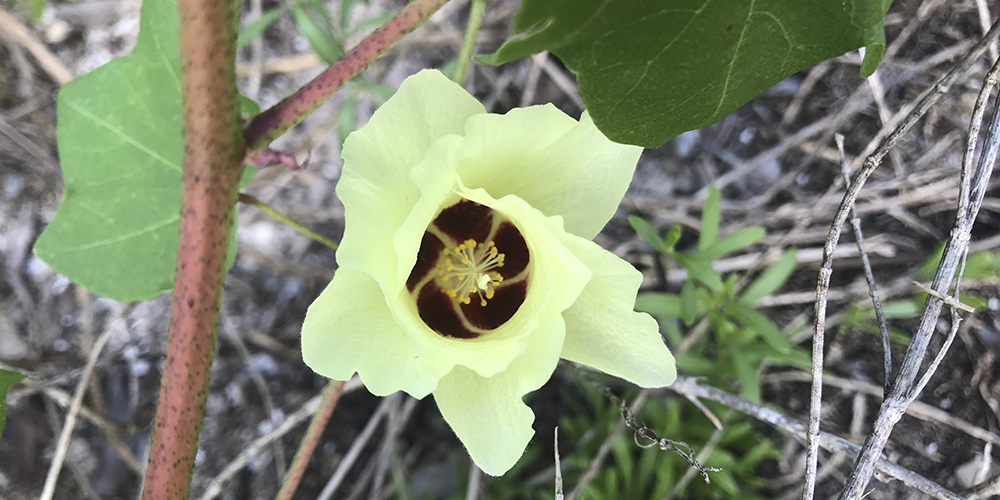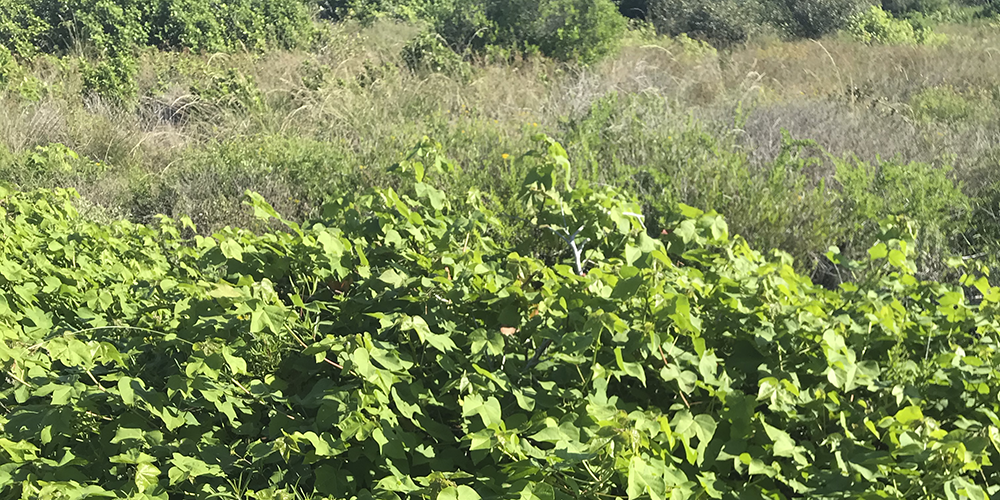Cotton Communication

Cotton is the world’s dirtiest crop in terms of pesticide use, causing tremendous environmental and health issues. The push to drastically reduce pesticide application in cotton cultivation is also motivated by the potential of exploiting cotton‘s highly nutritious seeds as food for animals and humans. One promising strategy to reduce the need for pesticides has been proposed by partners of the FARCE lab at the French Agricultural Research Centre for International Development (CIRAD). They had found that topping, a pruning practice adopted by many cotton growers, reduces insect damage. This beneficial effect is not only evident for the topped plants, but also for intact neighbour plants. The available evidence suggests that volatiles released by the topped plants are responsible for the enhanced resistance in the neighbouring plants, much like undamaged plants can perceive herbivore-induced volatiles emitted by infested plants and get their defence ready for imminent attack.
The project intends to investigate plant-plant interactions in cotton mediated by volatiles under natural conditions to unravel the true ecological significance of the phenomenon. It also strives to identify the key volatiles needed for optimal responses. The most commonly cultivated cotton species, Gossypium hirsutum, has been domesticated in Mexico. That is why the role of volatiles in inducible chemical defences will be studied in different populations of wild cotton plants from the Mexican Yucatán peninsula, as well as in cultivated varieties, under the hypothesis, that the crop plants may have partially lost the capacity to “communicate” via volatile signals during domestication. Ultimately, the fundamental understanding of cotton defence signalling shall be exploited to restore and enhance cotton resistance against pests in order to boost production and reduce the need for pesticide application, in particular in developing countries.



